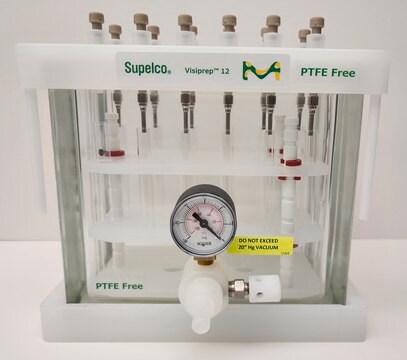W297070
Pyruvic acid
natural, ≥95%, FG
Synonym(s):
α-Ketopropionic acid, 2-Oxopropionic acid
About This Item
Halal
Kosher
natural
Recommended Products
grade
FG
Halal
Kosher
natural
reg. compliance
EU Regulation 1334/2008 & 178/2002
FDA 21 CFR 172.515
Assay
≥95%
greener alternative product characteristics
Less Hazardous Chemical Syntheses
Use of Renewable Feedstocks
Learn more about the Principles of Green Chemistry.
sustainability
Greener Alternative Product
refractive index
n20/D 1.428 (lit.)
bp
165 °C (lit.)
mp
11-12 °C (lit.)
density
1.267 g/mL at 25 °C (lit.)
application(s)
flavors and fragrances
Documentation
see Safety & Documentation for available documents
food allergen
no known allergens
greener alternative category
Organoleptic
caramel; acidic; sour
SMILES string
CC(=O)C(O)=O
InChI
1S/C3H4O3/c1-2(4)3(5)6/h1H3,(H,5,6)
InChI key
LCTONWCANYUPML-UHFFFAOYSA-N
Looking for similar products? Visit Product Comparison Guide
Related Categories
General description
Application
- Efficient synthesis of L-malic acid by malic enzyme biocatalysis with CO2 fixation.: This study highlights the biocatalytic synthesis of L-malic acid from pyruvic acid, demonstrating an efficient CO2 fixation process. The research opens new pathways for sustainable chemical production using pyruvic acid as a precursor (Shi et al., 2024).
- H(2)S-Powered Nanomotors for Active Therapy of Tumors by Inducing Ferroptosis and Lactate-Pyruvate Axis Disorders.: This study demonstrates the use of hydrogen sulfide-powered nanomotors for tumor therapy, inducing ferroptosis and disrupting the lactate-pyruvate metabolic axis, showcasing innovative applications of pyruvic acid metabolism in cancer treatment (Wang et al., 2024).
Biochem/physiol Actions
Signal Word
Danger
Hazard Statements
Precautionary Statements
Hazard Classifications
Eye Dam. 1 - Skin Corr. 1C
Storage Class Code
8A - Combustible corrosive hazardous materials
WGK
WGK 1
Flash Point(F)
183.2 °F - closed cup
Flash Point(C)
84 °C - closed cup
Personal Protective Equipment
Choose from one of the most recent versions:
Already Own This Product?
Find documentation for the products that you have recently purchased in the Document Library.
Customers Also Viewed
Global Trade Item Number
| SKU | GTIN |
|---|---|
| W297070-1KG-K | 4061838181626 |
| W297070-25G | |
| W297070-25G-K | 4061838192523 |
| W297070-SAMPLE-K | 4061838192530 |
| W297070-100G | |
| W297070-100G-K | 4061838181619 |
| W297070-1KG | |
| W297070-SAMPLE |
Our team of scientists has experience in all areas of research including Life Science, Material Science, Chemical Synthesis, Chromatography, Analytical and many others.
Contact Technical Service









